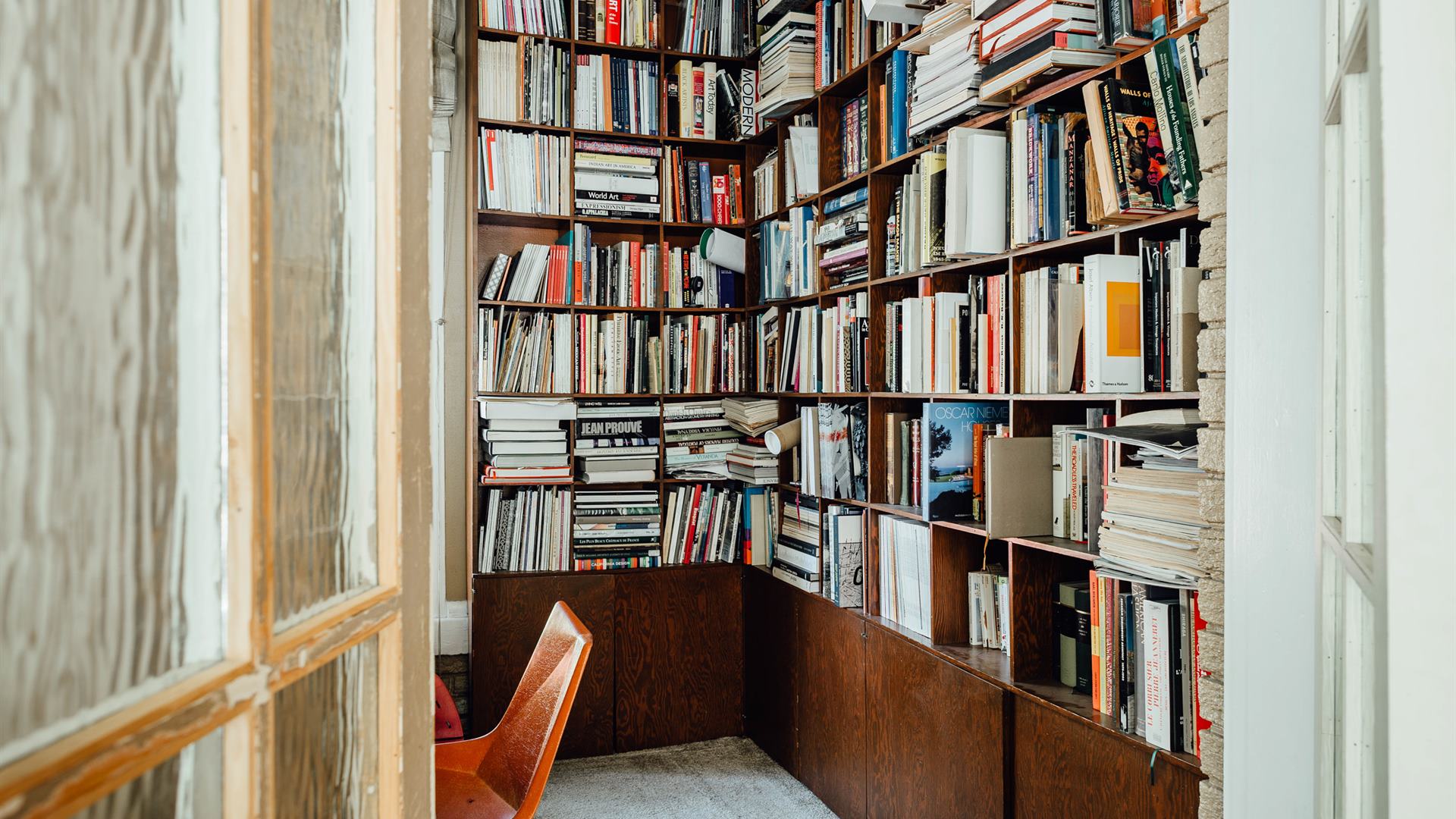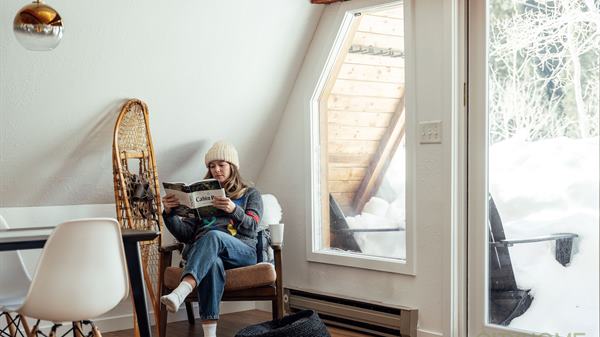Unsurprisingly—and as is presumably the case for many—self-quarantine, shelter in place, and social distancing measures have placed the spaces we inhabit under a rather intense microscope. Notions surrounding “home” morph quite substantially when all other spaces are taken off of the table and, consequently, we’ve had plenty of time to reflect long and hard on the habits, practices, and procedures that go along with designing and inhabiting. Collectively speaking, it’s now easier than ever to build a beautiful space. E-commerce, unprecedented access to artisans the world over, a glut of design-related content, and social media platforms currently combine to form a remarkably comprehensive toolkit for DIY designing. Recreating “inspo” in your own home is arguably now the norm for homeowners and apartment renters with decorating to do and, as such, the amount of pretty, polished, and visually pleasing households per capita is, in all likelihood, as high as it’s ever been. Yet the question remains: when society is upended as severely as it has been in the last couple of months, do these spaces hold up? The answer is likely yes, to some degree they do. A nice smelling, well-lit, and smartly arranged room is sure to offer some sort of solace, but this is, nonetheless, a poignant moment to reconsider how we create our spaces, why we value the items that fill them, and, most importantly, how they can best care for us when the world tumbles into chaos.
Might it be time to move beyond curation?
In this age of choice and abundance, perhaps it is time for aesthetics to hop out of the driver’s seat. Our reason for suggesting as much is simple—it all comes down to scarcity. Design-forward objects, products, and communities used to be far more difficult to track down but, thankfully, our digital culture has, to a degree, opened up aspirational design to the masses. A casual consumer can now, in a few weekends, assemble a space that an architectural buff of 60 years ago could only dream of. Yet, has this ease and accessibility diminished the value of our contemporary spaces? In the traditional sense, yes. The question then becomes: when you can buy any chair, what chair do you buy?
Obviously, taste and preference have to play a role in that decision-making process but, alone, they can only narrow the field down so much. There are thousands of stunning chairs and countless manufacturers that make near-infinite versions that vary in cost and quality. Taste and the act of curation are also largely dependent on trend-based proclivities. Evolution and innovation in design are by no means bad. In fact, our world is substantially better for them. However, trend-driven design is often reductive and rather impersonal. And, when things get bad and we retreat inward, impersonality won’t do.
The solution to this dilemma might be fairly simple: let go.
Homes start to look and feel markedly different when focus is shifted away from rigid, aesthetic directives like curation and replication and onto less constrained and more emotional ones. By letting go of strict visual schemes and mood boards we allow room for others—friends, family members, and local vendors—to have a say in shaping our spaces. If objects no longer derive value from scarcity, then they can easily become meaningful through alignment with a loved one. In short, the most comforting, most capable homes might not be the most visually perfect, but rather the most emotionally packed.
It could very well be time for connection, not simply aesthetics, to guide the processes of “do it yourself” decorating. Maybe you’ve been dreaming about owning a certain chair for a decade. By all means, buy it. But if you’re just looking for something to fill a space, get collaborative. Focus inward and on your community. Phone a friend for input and explore relationships with local furniture makers. Above all else, consider prioritizing the presence of your people (whether through gifts, heirlooms, suggestions, or hand-me-downs) over your Pinterest account. A space becomes infinitely more engaging when half of the objects in it carry a significance that extends beyond the visual. Bookshelves, oddly enough, offer a perfect example of this principle. The symmetry and order of an expertly arranged collection of art-objects and coffee table books are beautiful. Yet, its alleged perfection pales in comparison to the robust vigor of a shelf bursting with countless teetering stacks of dog-eared tomes. The value of the former is predominantly visual, whereas the value of the latter is that of the life and vivaciousness that its haphazard appearance implies.
None of this is meant to condemn the practice of making an effort in your space. In fact, we’re plenty glad inspiration gathering, mood boarding, and other similar practices have become as widespread as they have. Our homes are all undeniably made prettier by their advancement. This is only to suggest a possible evolution in “home-building” during a time in which all consumer habits are being relentlessly tested. Impeccable, polished spaces certainly have their place, but it could be time for some of us to trade ours in for something a bit less composed. A degree of control might be lost as a result, but the homes that emerge will be far more focused on local communities and much better equipped to remind us that we are loved, we are cared for, and we will be okay.


.jpg)



